|
Reprinted from the Spooner Agricultural Research StationFacebook page.
Have you been out to enjoy our Teaching & Display Garden? Station staff and Master Gardener Volunteers work tirelessly every year to bring you this beautiful garden to visit and learn from. In this video, Kevin Schoessow takes you on an aerial tour of what it looks light right now. You will see some familiar beds and catch up on what's new this year. As always, our garden is open for self-guided tours at any time. We just ask that you follow proper social distancing and keep your group small so that all may feel safe while enjoying the garden.
0 Comments
For the Love of Sweet peas! Sweet peas are one of my very favorite flowers to use in fresh cut bouquets. The fragrance of a sweet pea is amazing. They look like a butterfly in a bouquet. Here are a few tips regarding growing your sweet peas. It is very important to help your sweet peas climb. Have some sort of a structure to help them climb. Another fantastic trick is using paper twists to help hold the plant in place as it climbs up. You can see my simple white paper twist on my birch pole, helping train that vine to climb up. I have sweet peas climbing along side a wall. In this photo you will see I have used fence posts, twine and my paper twists to help train the sweet peas to climb. The paper twist trick as helped me train sweet peas, rewarding me with lovely long stem blooms to use in bouquets. Remember the more you pick sweet pea the more they will bloom. Happy Gardening! AuthorCarla TePaske You are invited to a Zoom program.
When: June 17, 2020 06:30 PM Central Time (US and Canada) Register in advance for this meeting: https://uwextension.zoom.us/meeting/register/tJItdu2rrj8tGNDgxypQ0RI5qru1cxUYKOvn After registering, you will receive a confirmation email containing information about joining the meeting. Composting is where it all begins. Learn the basics of composting to enrich your soil to benefit the plants you nurture whether they are flowers or vegetables. The program will cover the benefits of composting, ingredients for a compost pile, the types of compost bins, and how to use the finished compost. The National Garden Bureau, the non-profit information and marketing arm of the gardening industry, has chosen the iris as one of this year's "Year of” honors .
For ease of growing, zone hardiness, and strikingly dramatic color in the garden in late spring, you can’t go wrong with iris. Named for the Greek goddess of rainbows, the variety and color of blooms is vast with up to 300 varieties in propagation. Bearded, beardless and Dutch irises are the three main types of iris. My favorite is the old fashioned standard beardless iris my grandmother grew from which my yellow irises originated. But I also love my bearded white irises and of course the violets to deep purples of the Dutch type Russian and Siberian irises. Bearded and beardless Irises grow from rhizomes planted just below the surface, barely covered by soil. Plant in the fall for a good chance at spring blooms. Old rhizomes will sprout new rhizomes from which new plants and blooms will grow. When iris become too densely packed, dig them up, break the new rhizomes off the old and discard the old. You can trim back both the foliage and the roots to about 3 inches or so for easy handling and replanting. Replant the new and expect blooming the next spring. Irises likes full sun to part shade. Plant in well-drained soil. Examine your plants mid-summer to early fall for any sign of iris borers. Withered and premature yellowing of the plants may indicate infestation. I press down on the rhizomes to check for softness. Rhizomes should be firm to the touch. If soft rhizomes are detected, it is best to dig up the plant and discard it checking adjacent plants for signs of softness. If just the old rhizome is affected, break off new rhizomes and replant those. For more information on how to grow irises, the varieties available and the amazing range of colors, check out: https://ngb.org/year-of-the-iris/ http://www.irises.org/gardeners/care-classification/bearded-iris/ https://hort.extension.wisc.edu/articles/iris-borer/ Article by MGV Pam Davies, photos by National Garden Bureau |
|
| North Country MGV | gARDEN bLOGS |
Location |
|
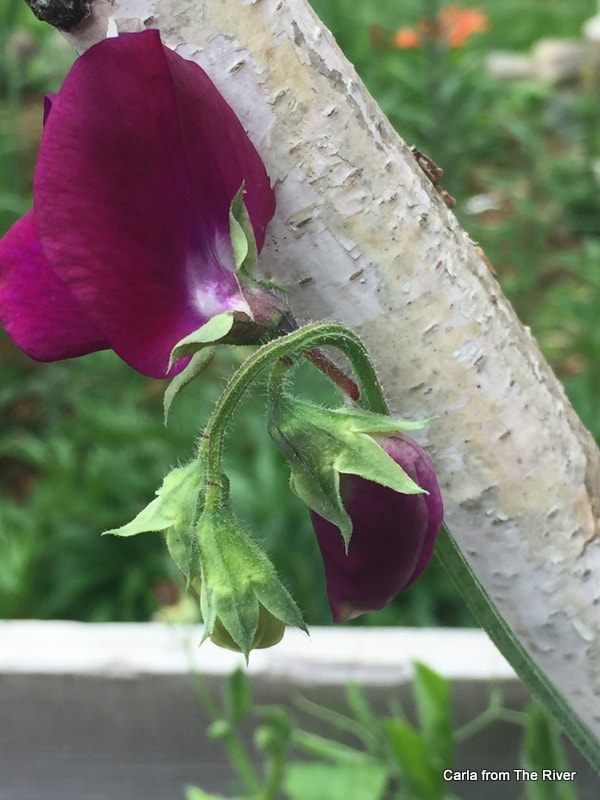
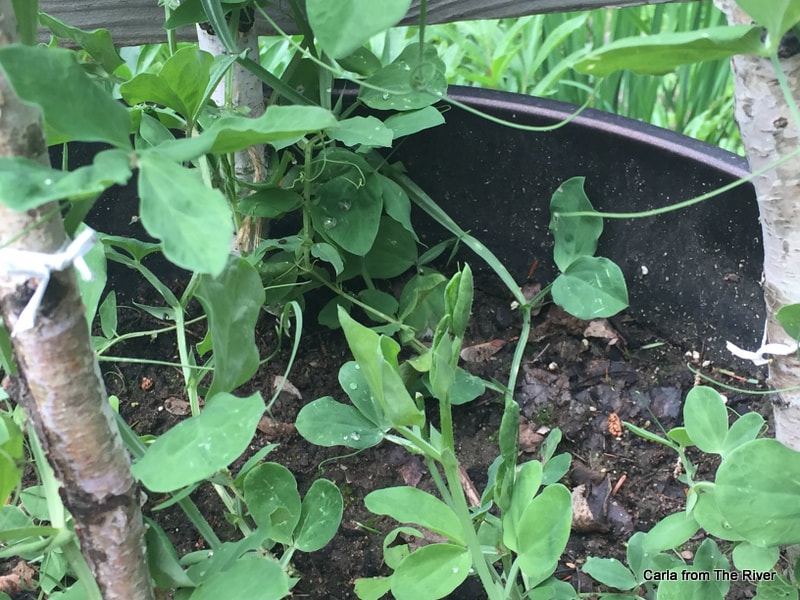
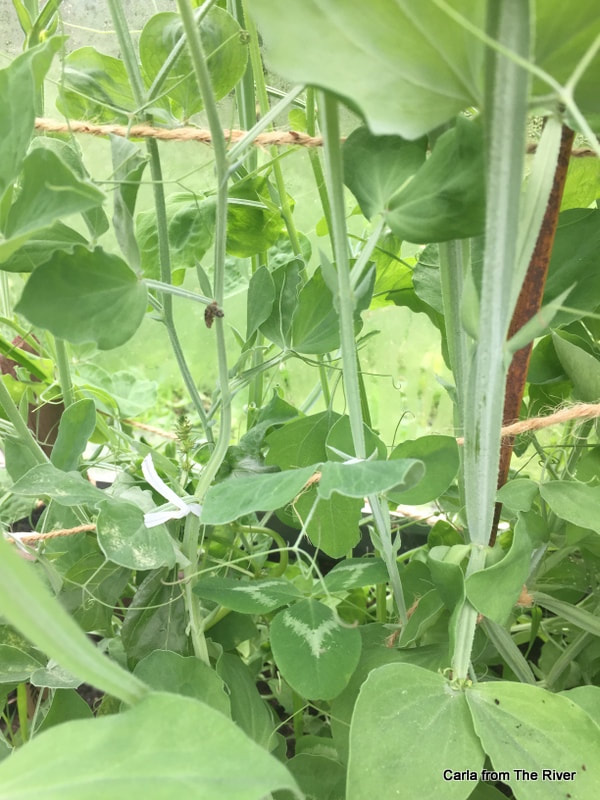
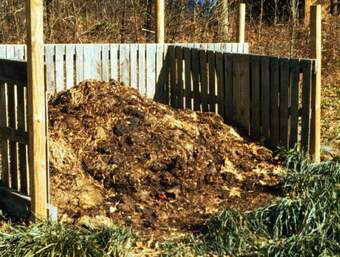
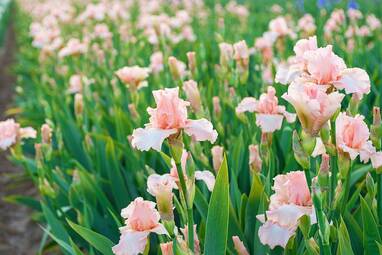
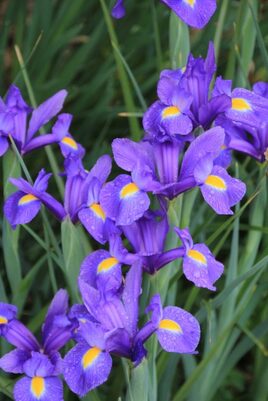
 RSS Feed
RSS Feed